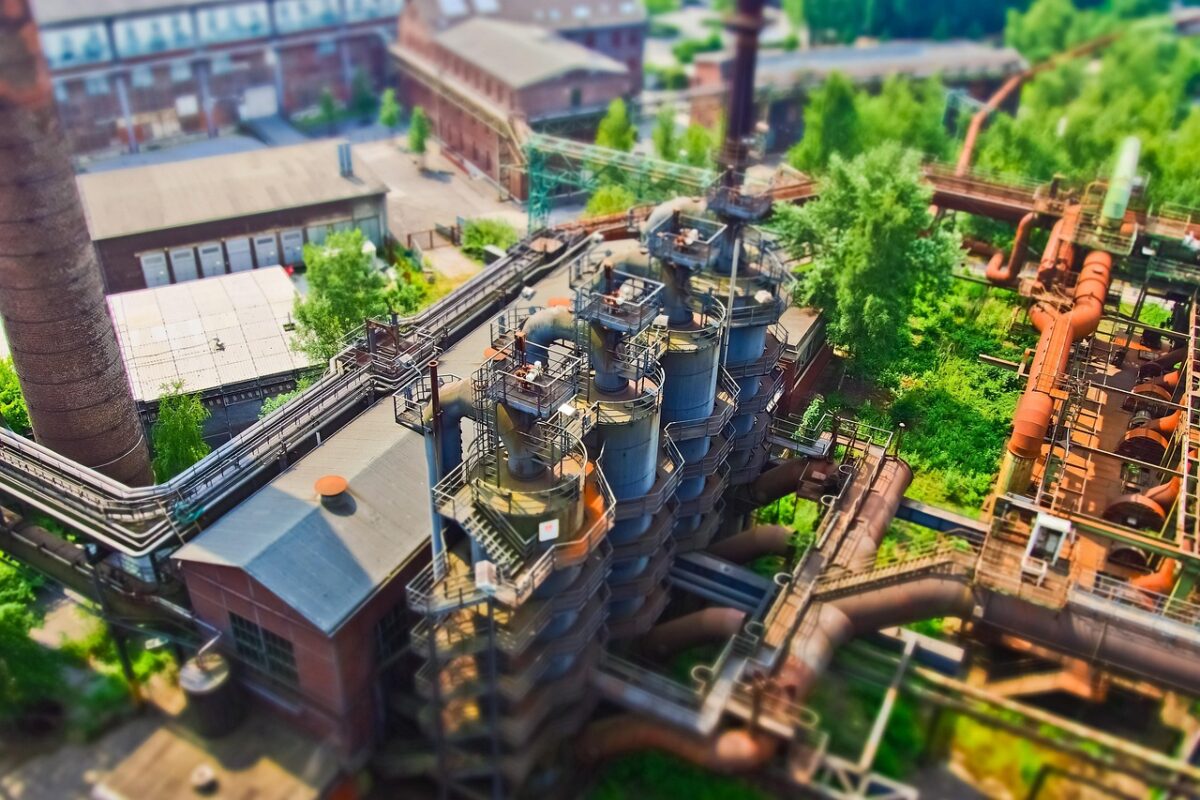Signs You Need CIPP Repair: How to Know if Your Pipes Qualify

Homeowners and property managers often dread the idea of extensive excavation for pipeline repairs. Fortunately, CIPP repair, or cured-in-place pipe, offers a trenchless solution that restores damaged pipes from the inside out. But how do you know if this innovative method is the right choice for your situation?
Here’s a breakdown of the most common signs that your pipes may need attention and how to determine if they qualify for CIPP repair.
What Is CIPP Repair?
Cured-in-place pipe (CIPP) repair is a trenchless rehabilitation method that involves inserting a flexible liner saturated with resin into a damaged pipe. The liner is inflated and cured in place using heat, steam, or UV light, creating a new pipe within the old one. It’s a cost-effective and minimally disruptive alternative to traditional pipe replacement.
Recurring Drain Backups or Slow Flow
Frequent drain issues are one of the earliest signs of pipe failure. If you’ve had multiple backups in a short period or notice persistent slow drains throughout your property, there may be structural problems within your underground pipes.
CIPP repair is often suitable for these situations because it can seal cracks, bridge small gaps, and create a smooth interior surface that improves flow.
Unpleasant Odors Coming from Drains or Yard
Foul smells that seem to come from your drains, basement, or even your yard could indicate a leak or break in your sewer line. These odors often result from wastewater escaping from the system. This is something that shouldn’t happen under normal conditions.
Since CIPP repair can seal leaks without having to dig up the entire pipe, it’s a strong candidate when odors are caused by pipe deterioration or separation.
Visible Signs of Pipe Deterioration or Water Damage
While many pipe problems occur underground, you might notice visible symptoms inside your home or business. These can include:
- Mold or mildew growth on walls or ceilings
- Water stains or bubbling paint
- Wet spots or pooling water in unexpected areas
Such signs could mean that wastewater or stormwater pipes are compromised. If an inspection confirms internal damage without total collapse, CIPP repair may be a viable option.
Increased Water Bills Without Obvious Leaks
A sudden spike in your water bill, without increased usage or visible leaks, might point to a hidden pipe issue. Damaged pipes can allow water to leak continuously, especially in pressurized systems.
If an inspection pinpoints the problem in an accessible portion of the pipeline and the structure is mostly intact, CIPP repair can often address the leak without the need to replace the pipe entirely.
Aging or Outdated Piping Materials
Older properties often rely on outdated piping materials like cast iron, clay, or Orangeburg, which are prone to cracking, corrosion, or collapse over time. If your pipes are more than 30–50 years old, they may be reaching the end of their useful life.
CIPP repair works well for structurally stable pipes that need reinforcement or internal sealing. However, if the pipe has collapsed completely, it may not be eligible. A camera inspection is the best way to determine if your system qualifies.
Considering CIPP Repair? Reach Out Today
Recognizing the signs of pipe damage early can save you from major headaches and costly repairs. If you’re dealing with slow drains, strange smells, high water bills, or visible water damage, don’t ignore the issue. A timely inspection can determine whether CIPP repair is a practical and long-lasting solution for your pipes.
If you’re experiencing any of these warning signs, consider reaching out to a trenchless pipe repair specialist to evaluate your system. Contact us today to get started.